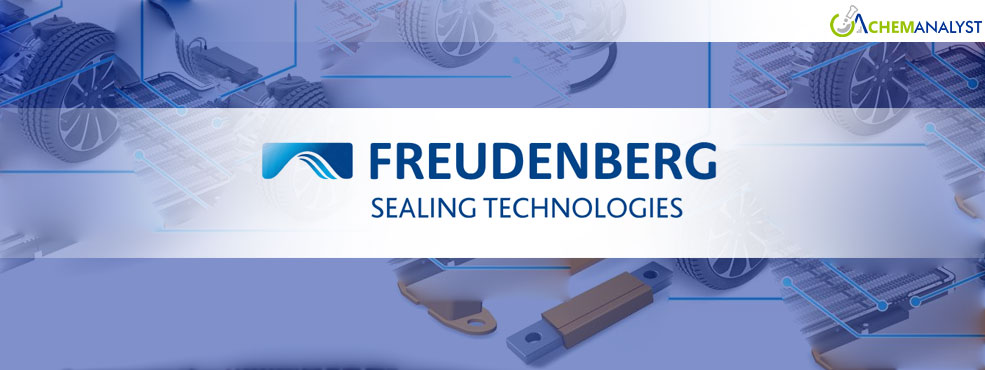Freudenberg Unveils Innovative Sealing Material for Safer, Longer-Lasting EV Batteries
- 16-Apr-2025 12:15 AM
- Journalist: Rene Swann
Freudenberg Sealing Technologies has announced a groundbreaking new sealing material specifically designed for electric vehicle (EV) battery applications. This innovative elastomer-based solution offers a superior alternative to traditional PFAS-containing thermoplastic and FKM seals, promising enhanced safety, extended battery life, and compliance with increasingly stringent environmental regulations. The material is processed using injection molding techniques.
As the electric vehicle sector continues its exponential growth, key performance indicators such as faster charging times, exceptional temperature resilience, and prolonged battery lifespan are paramount for both manufacturers and consumers. Addressing these critical needs, and the growing pressure to adhere to stricter environmental standards in Europe and the United States, has driven Freudenberg to develop this high-performance elastomer.
Unlike thermoplastics, which rely on weak intermolecular forces and are susceptible to functional plastic deformation over time due to the constant charging and discharging cycles, elastomers possess chemically cross-linked molecular structures. This inherent property allows them to exhibit exceptional elastic and reversible behavior under the cyclical volume changes experienced by battery cells during operation.
“Our O-rings made from the new elastomer therefore prevent electrolyte from leaking out of the battery cell or impurities from entering the cell,” explained David Kuhne, Application Engineer at Freudenberg Sealing Technologies. He further elaborates on the limitations of traditional materials, stating, “You shouldn’t think of a battery cell as a rigid construct – it ‘breathes’. When the temperature in the battery cell rises from ambient levels to – as a rule – ranges of up to 60°C, the cell expands and then contracts in the same way as it cools. Elastomers show significant advantages over thermoplastics during this continuous stress.”
Furthermore, the material has been meticulously engineered to address the electrochemical sensitivity of battery cells to contamination. Dr. Stefan Schneider, Head of Material Development at the O-Rings lead center, highlights this crucial aspect: “Premature capacity loss, which has been observed in cells sealed with conventional elastomers, can result from minimal but still present impurities in the sealing material. The infiltration of moisture into the cell has a similar effect, as it can cause the decomposition of electrolyte components. These aspects were considered when the new material was developed.”
Beyond material innovation, Freudenberg’s Process Engineering division has optimized manufacturing processes to enable the large-scale production of these high-performance battery cell seals. This scalability is crucial in meeting the anticipated surge in demand driven by the global shift towards electric mobility.



